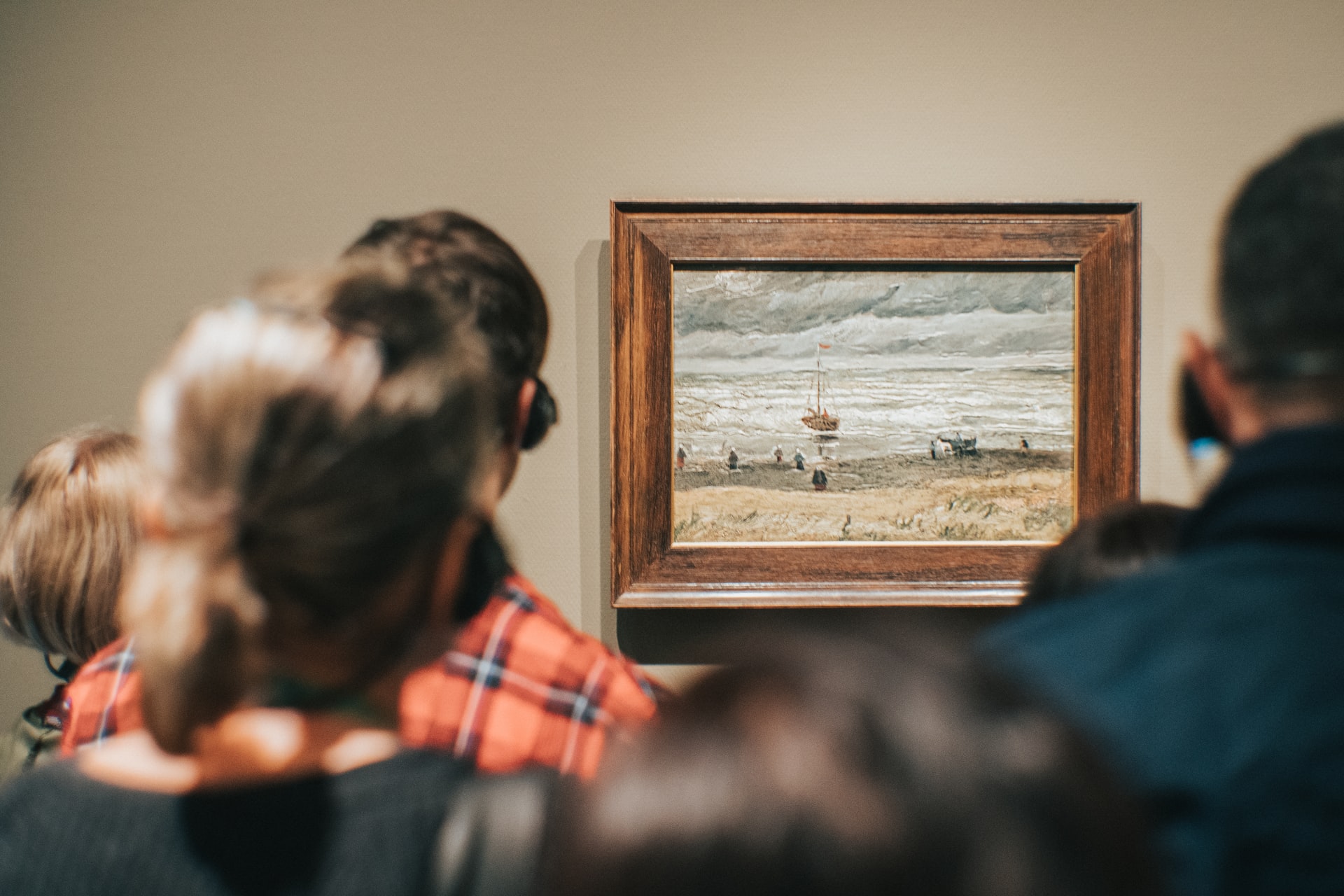Art – What Do We Really Mean

About Art – What Is It?
This inquiry springs up frequently, and with numerous answers. Many contend that workmanship can’t be characterized. We could approach this severally. Workmanship is frequently viewed as the cycle or result of purposely organizing components such that advances to the faculties or feelings. It envelops a different scope of human exercises, manifestations and methods of articulation, including music, writing, film, model and works of art. The significance of workmanship is investigated in a part of theory known as feel. At any rate, that is the thing that Wikipedia claims.
Workmanship is by and large comprehended as any movement or item done by individuals with an open or tasteful reason—something that communicates a thought, a feeling or, all the more for the most part, a perspective.
It is a segment of culture, reflecting monetary and social substrates in its plan. It communicates thoughts and qualities natural in each culture across existence. Its job changes through time, securing a greater amount of a stylish part here and a socio-instructive capacity there.
All that we’ve said so far has components of truth yet is principally assessment. As indicated by Wikipedia, “Craftsmanship students of history and savants of workmanship have since a long time ago had classificatory questions about craftsmanship in regards to whether a specific social structure or piece of work ought to be delegated workmanship.”
The meaning of craftsmanship is open, abstract, far from being obviously true. There is no arrangement among history specialists and craftsmen, which is the reason we’re left with such countless meanings of craftsmanship. The actual idea has changed over hundreds of years.
The actual idea of craftsmanship proceeds with today to mix contention, being so open to various understandings. It tends to be interpreted essentially as meaning any human movement, or any arrangement of rules expected to build up an action. This would sum up the idea past what is regularly perceived as the expressive arts, presently expanded to incorporate scholarly regions. The word has numerous other casual uses, as well.
The Evolution Of The Concept Of Art
While the meaning of craftsmanship has changed throughout the long term, the field of workmanship history has created to permit us to sort changes in craftsmanship after some time and to all the more likely see how craftsmanship shapes and is formed by the inventive driving forces of specialists.
Having a strong handle of workmanship history, at that point, is significant. I talked with Alexander Daniloff and Jonathan Ball about the idea of workmanship through history and about whether following a line through customary and contemporary craftsmanship is conceivable.
Alexander Daniloff is a Russian craftsman who lives and works in Italy. His center is painting, in spite of the fact that he has worked in a few media. Of late, he has chipped away at youngsters’ outlines. He has taken an interest in different occasions and delineation rivalries and has represented three books. He has held various individual and gathering presentations in Italy, Russia, Holland, Spain, Finland and the US.
Jonathan Ball is the inventive behind Poked Studio, an imaginative organization focused on creating innovative visual arrangements. That is not all: among its administrations, Poked Studio offers delineation; Web, realistic and blog plan; 3-D delivering and perception; movement designs; kids’ book representation; Flash sites; and games.